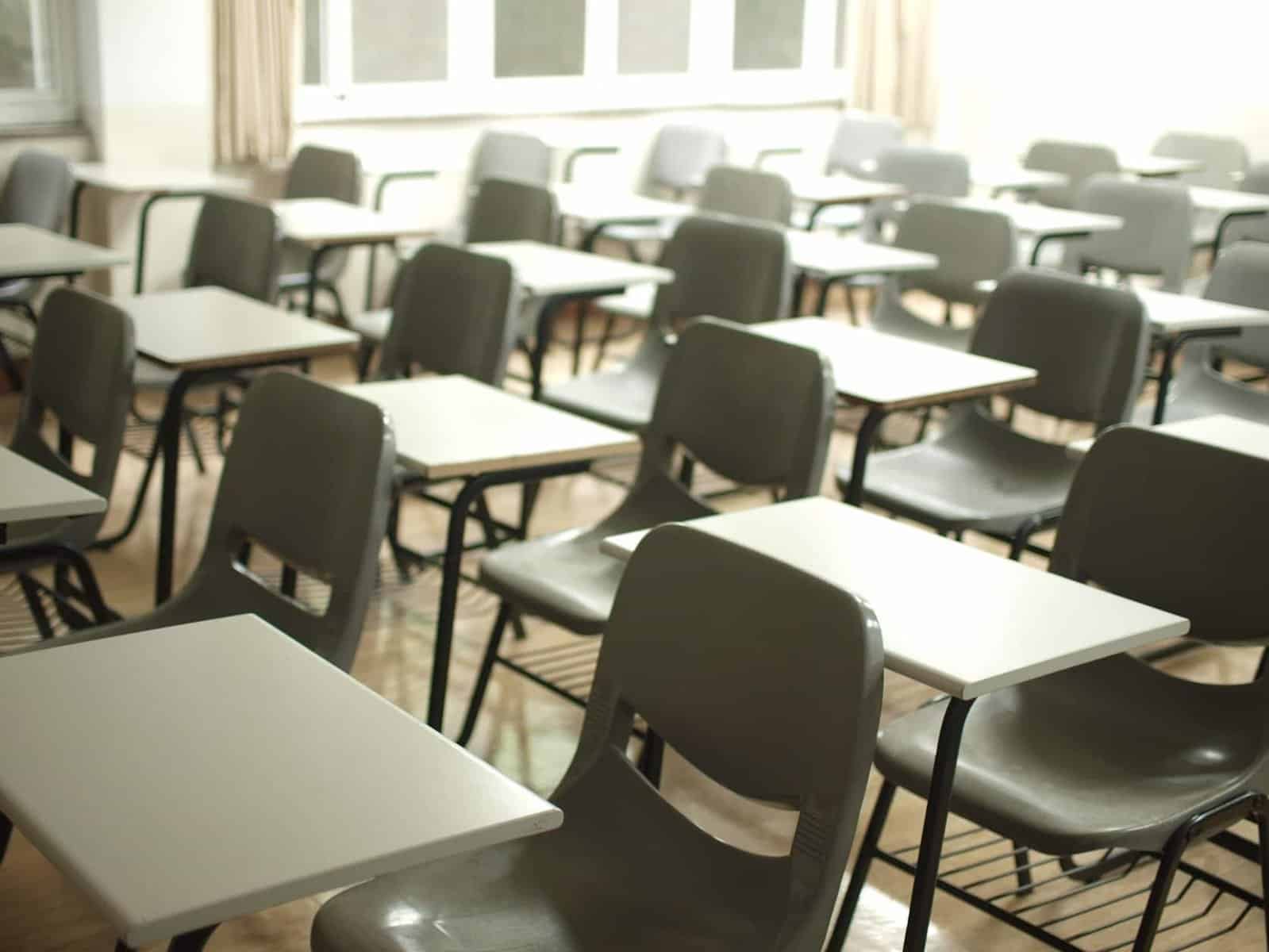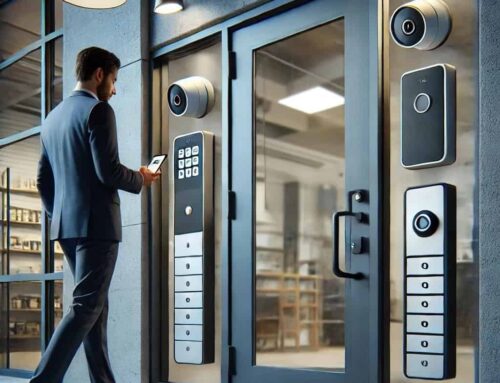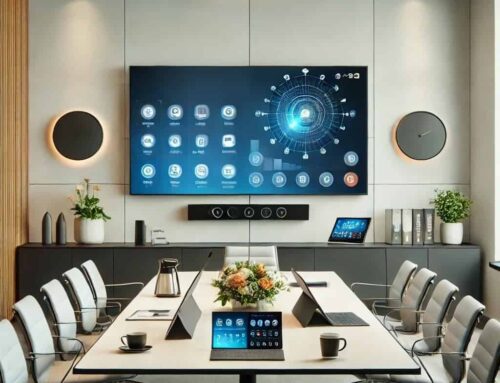Technologies Impacting School Security | Remote and on Campus

Whether you’re responsible for a K-12 institution or a college, the purpose of a school campus is to provide a safe, open environment for students and staff. The important and tricky thing is balancing safety and openness. Your goal shouldn’t be to create a fortress or a prison, but rather an environment that is designed to flag threats early, secure students and staff quickly, and allow rapid communication. This means integrating layers of physical and technological security across the organization.
Although you should employ dedicated security personnel if possible, you may need to rely on a team of volunteers and staff members who can serve multiple roles. In either case, your security team should have clearly defined roles and should consider bringing in consultants to help inspect and improve your school security systems.
Cybersecurity Is A Must For Remote Learning
As a result of widespread pandemic-induced remote learning, schools have had to upgrade their approach to cybersecurity. Maintaining safe computer protocols in a lab is one thing. Doing so across hundreds of devices in hundreds of homes is another. If your IT team hasn’t begun implementing cybersecurity measures for remote learning, you need to do so as quickly as possible. Remote learning isn’t going away for the foreseeable future, even after the pandemic subsides.
5 Technologies To Pay Attention To When Securing Your School
Although certain measures may require significant upgrades to your facility, others can integrate with systems you already have in place. Here are five technologies affecting school security that you should consider:
Integrated Security Cameras
Many schools already have closed-circuit television (CCTV) and security camera networks installed for surveillance purposes. In some cases, you may need additional cameras to create visibility in the right places. The advent of advanced video analysis using artificial intelligence can help turn a digital security camera system into a lightning-fast threat alert system. Identifying threats quickly and triggering appropriate alerts is one of the most important things you can do to limit the damage an active shooter or intruder can do.
Emergency Phones and Panic Buttons
Ideally, you want to make it as fast and easy as possible for staff and students to sound the alarm if they see a security threat. Equip your staff with discrete panic buttons that can be triggered at a moment’s notice — some can even be integrated into microphones or other devices that are used heavily during class time. An emergency phone system also allows staff and students to reach law enforcement quickly — crucial if you restrict cell phone usage in classrooms.
Digital Visitor Management System
Most K-12 schools use a visitor management or access control system, even if it’s just a sign-in/sign-out sheet at the front desk. Thankfully there are computer-based systems that can verify a visitor’s identity and cross-check it with state and federal databases — allowing you to control exactly who is allowed into your facility. Threats don’t just come from active shooters but from sex offenders, disgruntled family members, and guardians.
Mobile and Publicly Accessible Mass Messaging Software
Mass messaging systems allow you to quickly alert staff and even parents when the school is under an active threat. It’s important to implement a system that can work over your on-campus network and connect to every computer. This provides a safeguard against situations where rooms are unable to get cellular telephone service or if cell phones are restricted.
Anonymous Alert Systems
While you would hope that everyone on your campus would be happy to report threats, the reality is that students are especially fearful of being seen as snitches or tattle-tales. An anonymous alert system allows your security team to evaluate each potential threat and determine an appropriate response. You may deal with false alarms, but that’s vastly superior to the alternative.
Social Media Monitoring Has Become Essential
Physical bullying is a problem with a long history. Teachers and staff are highly attuned to bullying behavior when it’s physically visible. Unfortunately, social media has created a virtual world where bullying can happen and cause terrible harm. This requires schools to expand their ability to monitor student behavior online and flag incidents that could be classified as bullying. There are software platforms that will comb through student social media activity and report potential issues.
About i.e.Smart Systems
i.e.Smart Systems is a Houston, TX based technology integration partner that specializes in design and installation of audio/visual technology and structured cabling. For more than three decades, our team of in-house experts has partnered with business owners, architectural firms, general contractors, construction managers, real estate developers, and designers in the Houston market, to deliver reliable, scalable solutions that align with their unique goals.




